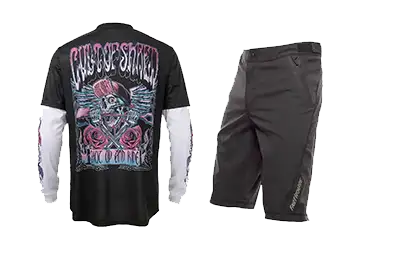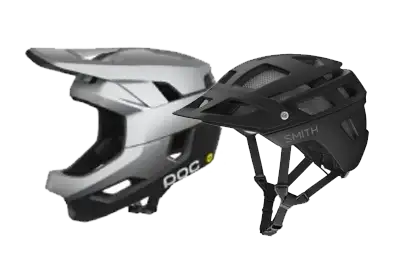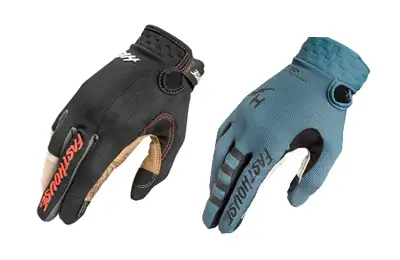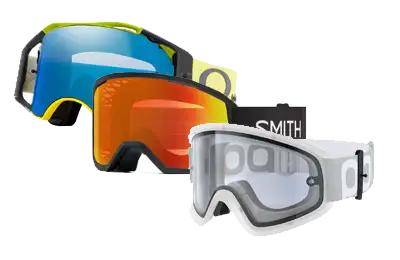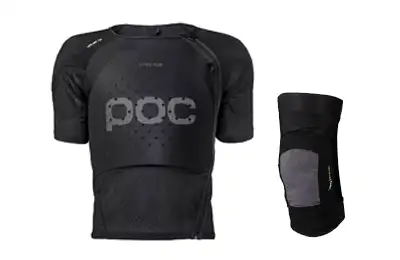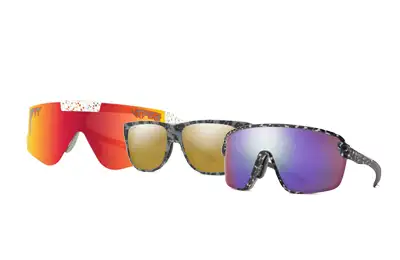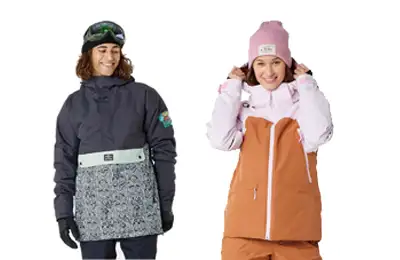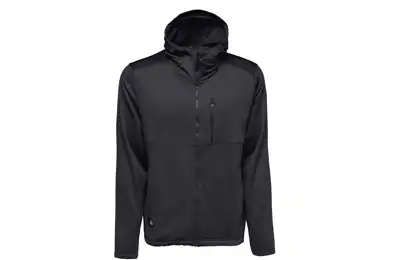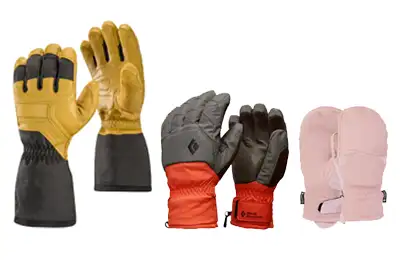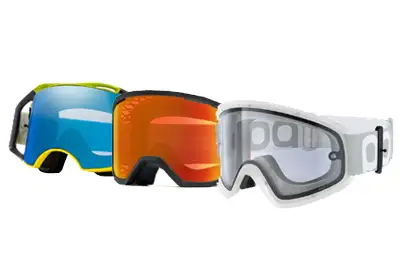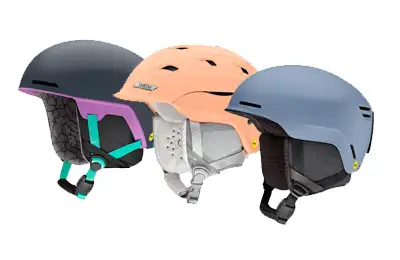It’s common knowledge to invest in a visit to the boot fitter to make sure that your ski boots fit perfectly. What’s not given much attention in terms of ski apparel, is socks. Wearing appropriate socks can be the difference between cold feet and toasty toes that can last the day and keep you on the slope. So what do you need to keep in mind when purchasing the layer between you and your boots? Here’s everything you need to know about ski socks.
Material
Ski socks are made from special materials that can aid in wicking away moisture while holding heat in. It’s also important that they are anti-microbial which helps to reduce bacteria that can lead to smelly feet. Materials commonly used include polyester, nylon, lycra, acrylics, or double-spun merino wool.
Fit
There’s no such thing as one size fits all when it comes to ski socks. Socks that are too big can bunch, cause blisters, and have reduced warmness. Socks that are too tight can cause a decrease in circulation which can in turn, can result in cold feet. You want your ski socks to fit snuggly, have no extra material, and allow for free movement of your toes. Some socks on the market are designed with fabric that causes the sock to stay snug and move with the foot.
Breathability
This could be one of the most important aspects of choosing sock. The key to warm and happy feet is keeping them dry. Most performance socks keep this in mind and are made with fabrics that promote breathability while not sacrificing warmth. The fabric works by pulling moisture away from the foot to the exterior of the sock so that it is not trapped between your skin and the inside of the sock. This allows sweat to easily evaporate.
Durability
Your socks are logging the same vertical as you are and with just as much force. Ensuring that your socks will last the season or more is also part of the selection process.
Technology
Length, cushioning, reinforcements, padding, and flat seams and are just a few of the modifications out there that can help with warmness, comfort and of course, performance. A thicker sock doesn’t always mean warmer. Advancements in fabric technology have improved the thickness-to-warmth ratio, enabling skiers and snowboarders alike to get thinner socks.
Have more questions on what ski sock will work the best for you? Stop by McCoo’s. We can help outfit you from head to toe.

